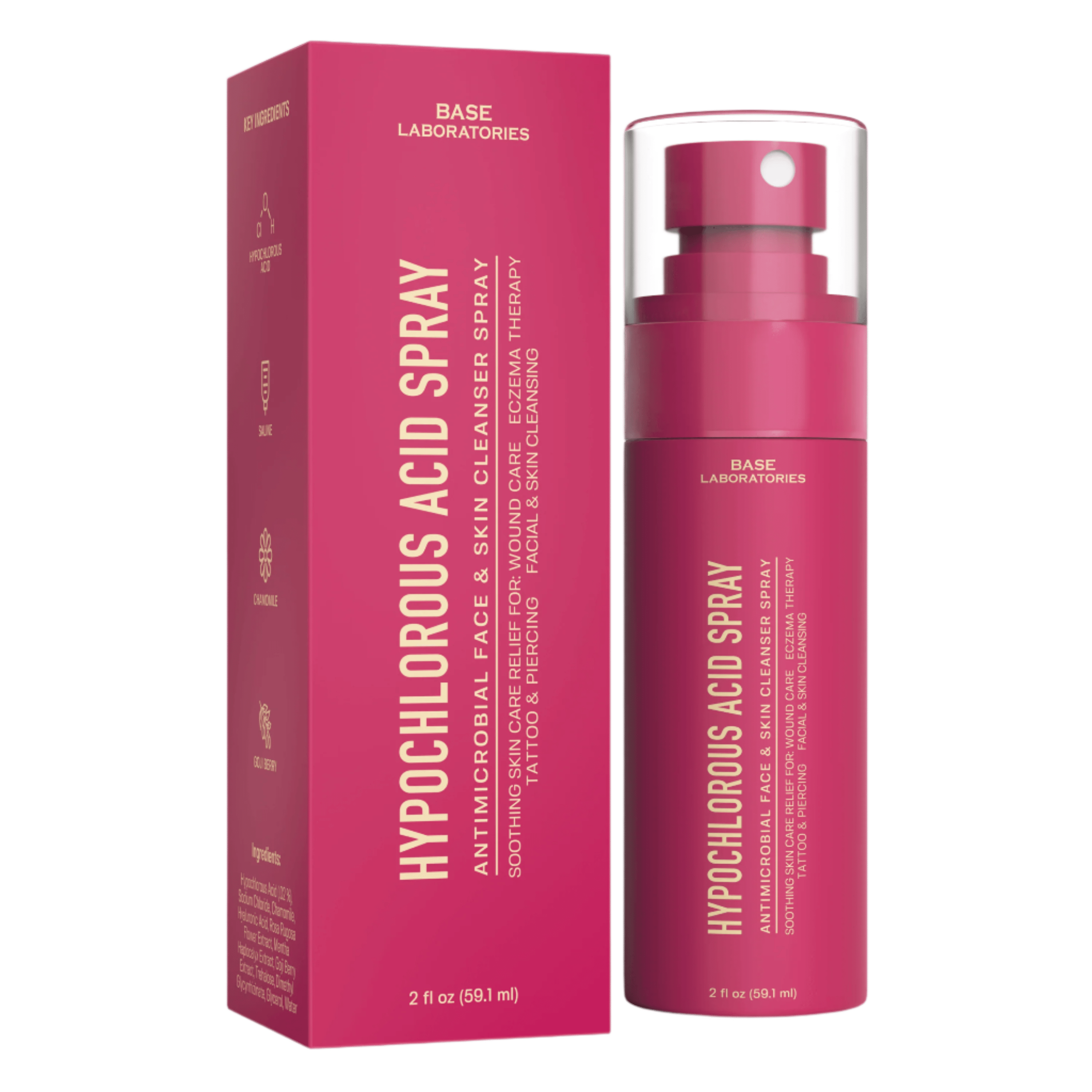Understanding Dry Eye Disease: Symptoms, Causes, and Treatment Options
Dry eye disease is a common condition in which your tears are unable to adequately lubricate your eyes. Tears can be insufficient and unstable for a variety of reasons. Dry eyes, for example, can occur if you don't produce enough tears or if your tears are of poor quality. This tear instability causes inflammation and damage to the surface of the eye.
Symptoms
Signs and symptoms, which usually affect both eyes, may include:
- A stinging, burning or scratchy sensation in your eyes
- Stringy mucus in or around your eyes
- Sensitivity to light
- Eye redness
- A sensation of having something in your eyes
- Difficulty wearing contact lenses
- Difficulty with nighttime driving
- Watery eyes, which is the body's response to the irritation of dry eyes
- Blurred vision or eye fatigue
Risk factors
Factors that make it more likely that you'll experience dry eyes include:
-
Being older than 50. Tear production tends to diminish as you get older. Dry eyes are more common in people over 50.
-
Being a woman. A lack of tears is more common in women, especially if they experience hormonal changes due to pregnancy, using birth control pills or menopause.
-
Eating a diet that is low in vitamin A, which is found in liver, carrots and broccoli, or low in omega-3 fatty acids, which are found in fish, walnuts and vegetable oils.
-
Wearing contact lenses or having a history of refractive surgery.
Prevention
-
Avoid air blowing in your eyes. Don't direct hair dryers, car heaters, air conditioners or fans toward your eyes.
-
Add moisture to the air. In winter, a humidifier can add moisture to dry indoor air.
-
Consider wearing wraparound sunglasses or other protective eyewear. Safety shields can be added to the tops and sides of eyeglasses to block wind and dry air. Ask about shields where you buy your eyeglasses.
-
Take eye breaks during long tasks. If you're reading or doing another task that requires visual concentration, take periodic eye breaks. Close your eyes for a few minutes. Or blink repeatedly for a few seconds to help spread your tears evenly over your eyes.
-
Be aware of your environment. The air at high altitudes, in desert areas and in airplanes can be extremely dry. When spending time in such an environment, it may be helpful to frequently close your eyes for a few minutes at a time to minimize evaporation of your tears.
-
Position your computer screen below eye level. If your computer screen is above eye level, you'll open your eyes wider to view the screen. Position your computer screen below eye level so that you won't open your eyes as wide. This may help slow the evaporation of your tears between eye blinks.
-
Stop smoking and avoid smoke. If you smoke, ask your health care provider for help devising a quit-smoking strategy that's most likely to work for you. If you don't smoke, stay away from people who do. Smoke can worsen dry eyes symptoms.
-
Use artificial tears regularly. If you have chronic dry eyes, use eye drops even when your eyes feel fine to keep them well lubricated.






















